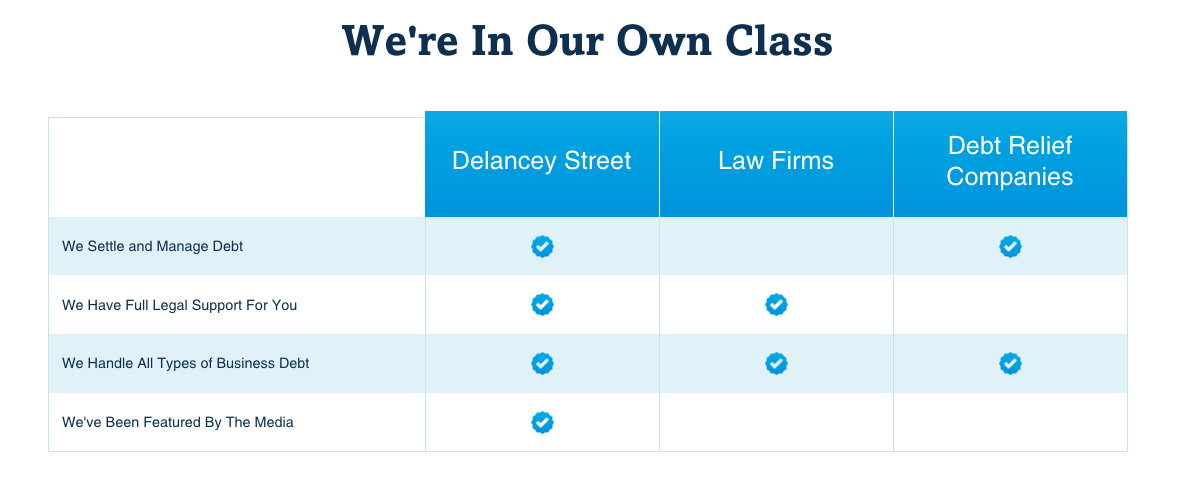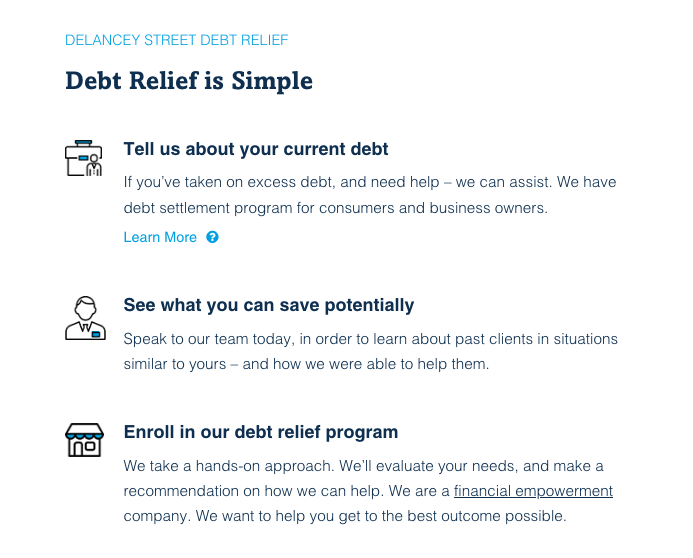How Heavily Indebted Poor Countries Qualify For Debt Relief Programs
What are Heavily Indebted Poor Countries?
The World Bank and the International Monetary Fund (IMF) define HIPCs as countries that meet the following three criteria:
- They are eligible for concessional loans from the World Bank’s International Development Association (IDA), meaning they have low per capita income levels. Specifically, they must have a per capita income below a certain threshold ($1,175 in 2020) to qualify for IDA assistance.
- They face unsustainable debt burdens even after traditional debt relief mechanisms. This means that the net present value (NPV) of their debt exceeds 150% of their annual exports or 250% of government revenue.
- They have established a track record of reform and sound policies under IMF and World Bank-supported programs. This includes implementing poverty reduction strategies and making progress towards the United Nations’ Millennium Development Goals.
As of 2020, there are 73 countries that meet the above criteria and are designated as HIPCs by the IMF and World Bank. Most HIPCs are located in Sub-Saharan Africa and have very low incomes, heavy debt burdens, and limited access to private capital markets.
 -
-HIPC Debt Relief Initiatives
To provide debt relief to HIPCs, the IMF and World Bank launched the HIPC Initiative in 1996. Under this initiative, international creditors agree to reduce debt owed to them on the condition that HIPCs implement economic and social reforms.
There have been two stages under the HIPC Initiative:
Stage 1
To reach the decision point for Stage 1 debt relief, HIPCs must:
- Establish a track record of good performance under IMF- and World Bank-supported programs
- Adopt key reforms and poverty reduction strategies
Once approved for Stage 1, creditors commit to reducing the country’s debt to a “sustainable” level, usually meaning an NPV debt-to-export ratio of 200-250%.
 -
-Stage 2
To reach the completion point for Stage 2 relief, HIPCs must:
- Maintain macroeconomic stability under a Poverty Reduction and Growth Facility (PRGF) program with the IMF
- Implement key reforms for at least one year
- Adopt and implement a Poverty Reduction Strategy Paper (PRSP) for at least one year
Once Stage 2 relief is approved, creditors provide additional debt relief to bring the NPV debt-to-export ratio down to 150%.
In 2005, the HIPC Initiative was supplemented by the Multilateral Debt Relief Initiative (MDRI). Under the MDRI, three multilateral institutions—the IMF, World Bank, and African Development Fund—provide 100% debt cancellation to HIPCs that reach the completion point. This further reduces their debt burdens.
Benefits of HIPC Debt Relief
Debt relief under HIPC Initiative provides multiple benefits:
- Reduced Debt Burdens: Debt cancellation and rescheduling lowers external debt servicing, freeing up government resources for poverty reduction.
- Increased Spending on Health and Education: Lower debt burdens enable higher social spending, which can improve development outcomes.
- Improved Access to Financing: Lower risk of debt distress facilitates greater access to grants, concessional loans, and private capital flows.
- Macroeconomic Stability: Programs supported by the IMF help HIPCs implement reforms that strengthen economic stability and support growth.
However, debt relief has limits in terms of promoting lasting poverty reduction and growth. Domestic reforms and policies aimed at improving governance, institutions, and economic structures are also essential.
 -
-Challenges Facing HIPCs
While debt relief provides tangible benefits, HIPCs continue to face steep challenges:
- Poverty and Income Inequality: Most HIPCs have high poverty rates and very unequal income distribution. Poverty reduction strategies have had mixed results.
- Over-reliance on Commodities: Many HIPCs depend heavily on a narrow range of low-value primary commodity exports, leaving them vulnerable to price swings.
- Weak Governance and Institutions: Issues like corruption, weak rule of law, limited bureaucracy capacity, and political instability throttle economic growth in HIPCs.
- Underdeveloped Human Capital: Low education levels and poor health outcomes impede productivity growth.
- Vulnerability to Shocks: HIPCs remain prone to economic crises caused by weather disasters, fluctuations in commodities prices, and unrest.
While debt relief provides some fiscal space, HIPCs ultimately need to implement structural reforms and policies that promote inclusive growth and poverty reduction. This requires tackling governance challenges, diversifying economies, and investing in health, education, and economic infrastructure.
Outlook for Further Assistance
Given the ongoing challenges facing HIPCs, what is the outlook for continued international assistance?
 -
-The IMF and World Bank will likely back further debt relief in deserving cases. However, the overall appetite among advanced economies for additional debt cancellation is uncertain.
Other forms of aid and preferential financing will remain important for HIPCs. But there are concerns about donor fatigue and the fiscal pressures facing advanced economies in the wake of crises like COVID-19.
Multilateral development banks and bilateral donors will probably emphasize lending for productive investments in infrastructure, agriculture, digital connectivity, and human capital in HIPCs. The hope is that these investments, combined with governance reforms, will promote lasting growth.
Private creditors may also have a larger role to play in financing HIPCs through instruments like collateralized loans. But private capital flows remain well below levels needed to fill financing gaps.
Ultimately, while external support remains crucial, HIPCs will have to rely more on domestic resource mobilization and policy reforms to finance development spending and progress towards the Sustainable Development Goals.
Resources
Reddit discussion on World Bank IDA eligibility criteria
IMF guide explaining HIPC qualification thresholds
IMF factsheet on HIPC initiative
Video explaining mechanics of HIPC debt relief
IMF overview of HIPC qualification process
Brookings study on impact of HIPC debt relief
Analysis of challenges still facing HIPCs
Assessment of future aid and debt relief prospects for poor countries







